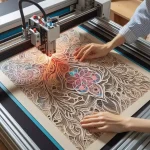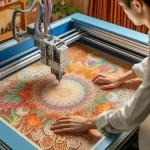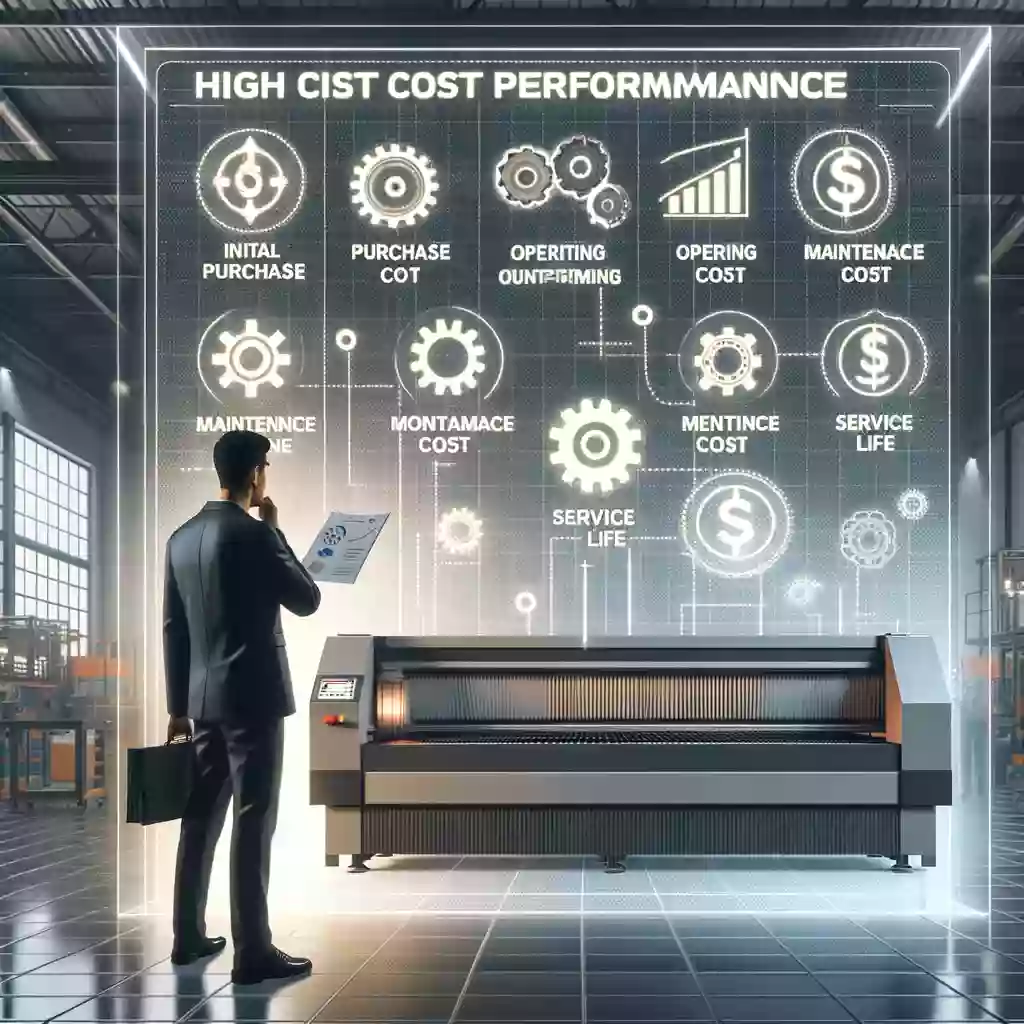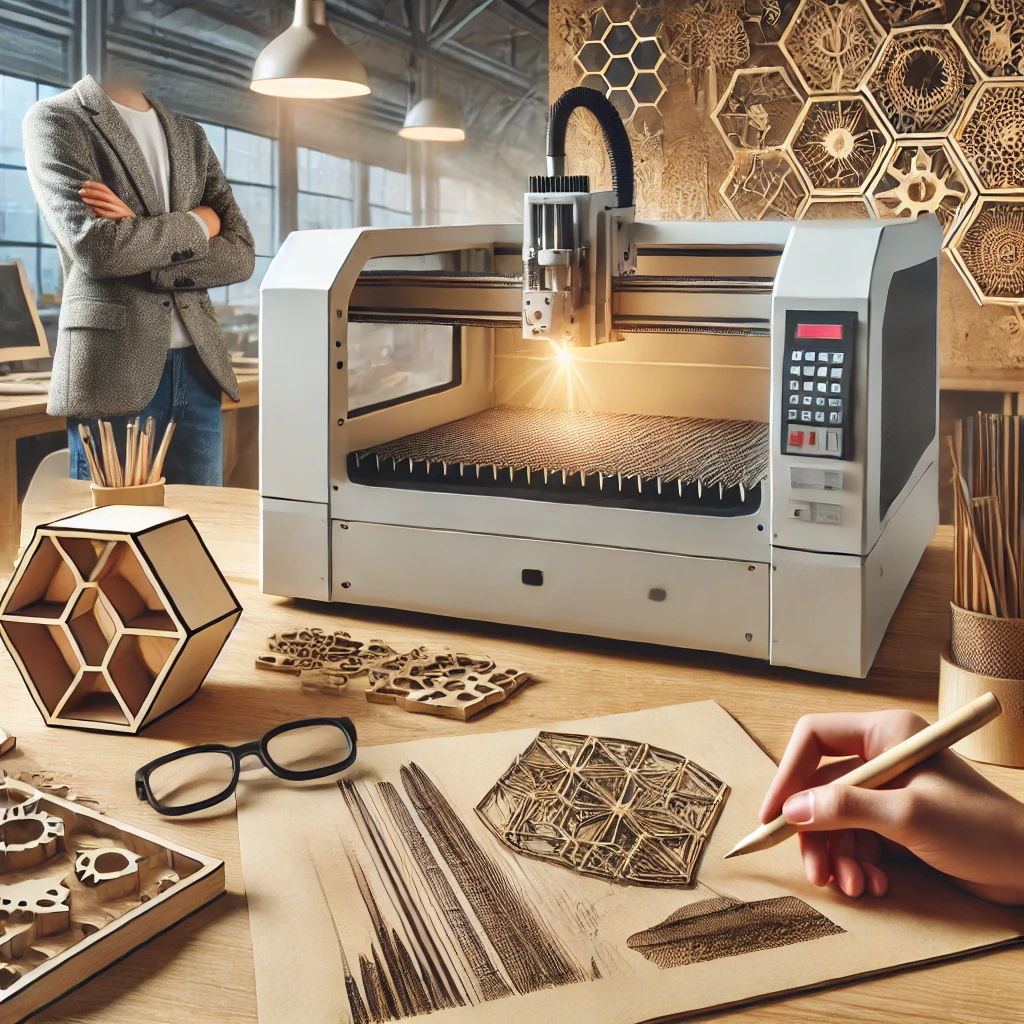Why Choose Stainless Steel Laser Cutting Machine?
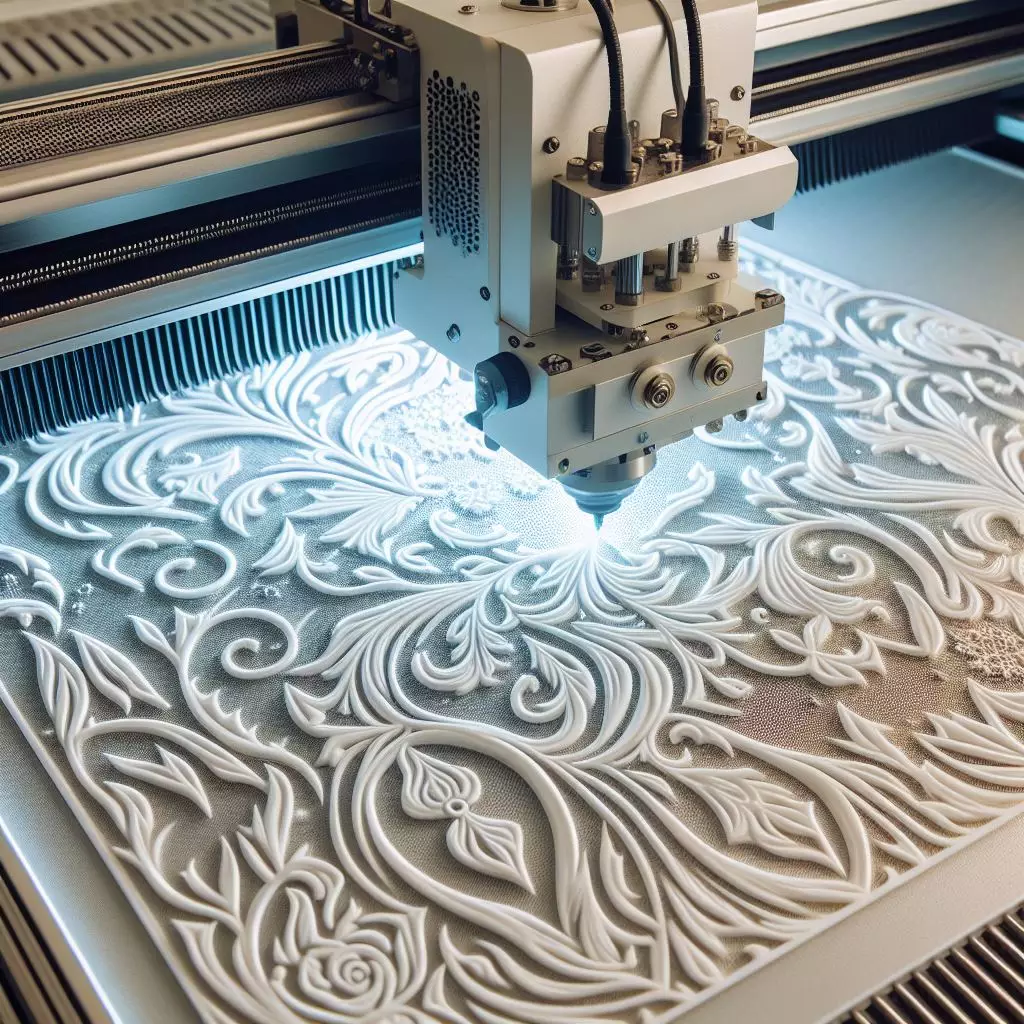
The advent of laser technology has revolutionized numerous industries, offering unprecedented precision and efficiency in cutting materials. Among the most significant advancements is the development of stainless steel laser cutters, which have become indispensable tools in manufacturing, construction, and design. This article delves into the world of stainless steel laser cutting, exploring its technology, applications, benefits, and the future landscape of this cutting-edge field.

Technology Behind Stainless Steel Laser Cutting
Laser cutting operates on the principle of focusing a high-power laser beam to melt, burn, or vaporize material. In the context of stainless steel, this process involves specialized lasers, such as fiber lasers or CO2 lasers, which are chosen based on their efficiency and compatibility with metal cutting. The laser beam’s intensity, quality, and focal point size play critical roles in determining the cut’s precision and smoothness.
Applications of Stainless Steel Laser Cutters
From the construction of skyscrapers and bridges to the creation of bespoke jewelry and decorative items, stainless steel laser cutters serve a wide array of purposes. Their ability to cut with high precision makes them ideal for producing intricate designs and components that require tight tolerances, such as in the aerospace and automotive industries.
Benefits of Using Stainless Steel Laser Cutters
The precision and speed of laser cutters not only enhance the quality of the final products but also contribute to significant reductions in waste and production time. This efficiency is accompanied by a flexibility that allows designers and engineers to realize complex designs without the limitations of traditional cutting methods.
Challenges and Considerations
Despite their advantages, stainless steel laser cutters are not without challenges. The thickness of the material, the balance between speed and cut quality, and operational costs are factors that must be carefully managed. Additionally, the safety of operators and the need for specialized training cannot be overlooked.
Innovations and Future Trends
As technology advances, so too do the capabilities of stainless steel laser cutters. Innovations in laser power, automation, and the integration of artificial intelligence are paving the way for more efficient, precise, and sustainable cutting methods. These developments hold promise for not only enhancing current applications but also for opening up new possibilities in manufacturing and design.
Conclusion
Stainless steel laser cutting stands at the forefront of modern manufacturing, offering a blend of precision, efficiency, and versatility that traditional methods cannot match. As technology continues to evolve, staying informed and adaptable will be key for businesses and professionals looking to leverage the full potential of this dynamic field. The future of laser cutting is bright, with innovations and trends poised to further transform industries and redefine what is possible in material fabrication.

